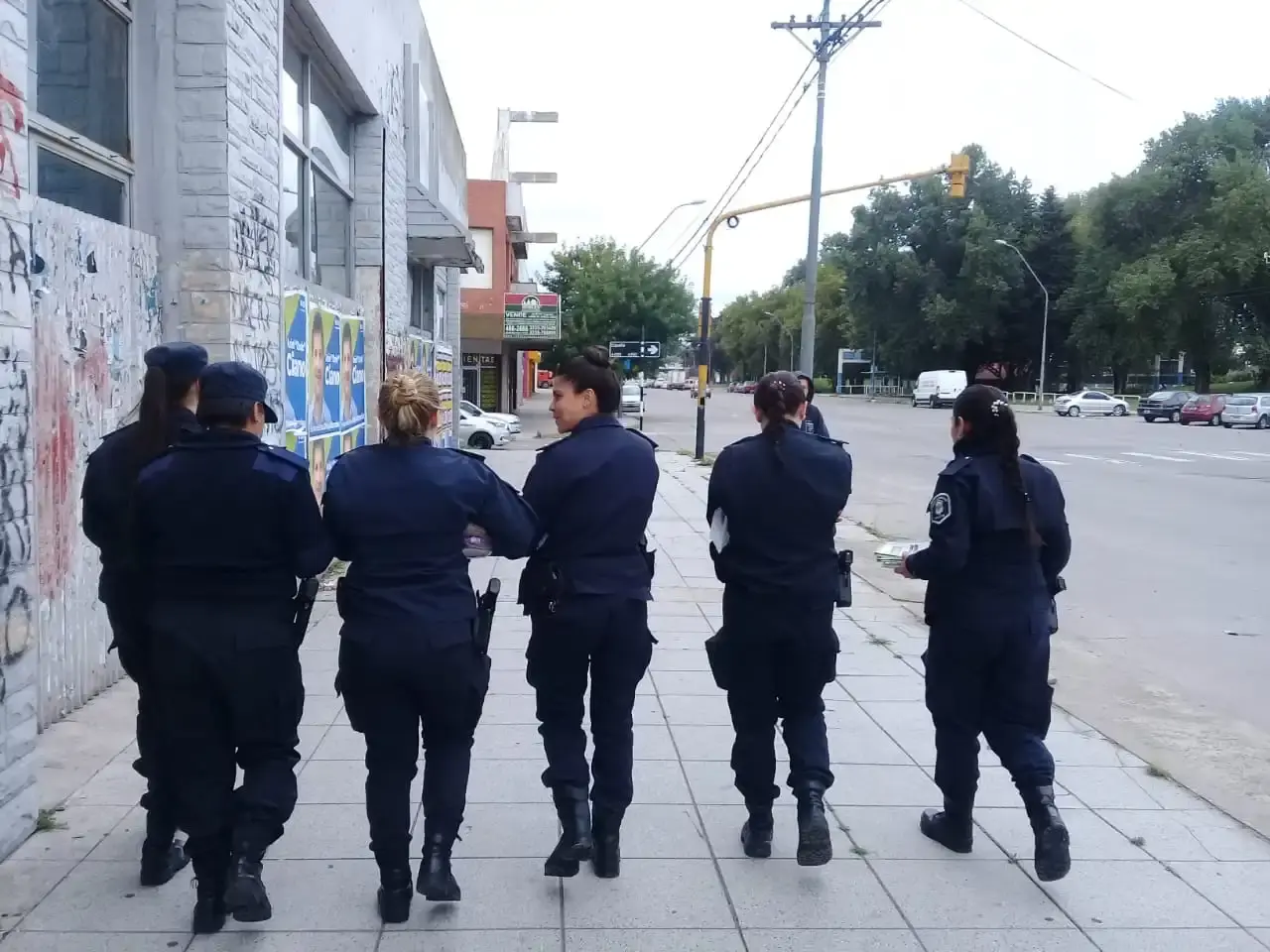In early 2024, Uruguay faces a critical phase in public safety, marked by a surge in homicides.
As of 2023, the homicide rate in the country was 8.9 per 100,000 people, according to World Bank data.
President Luis Lacalle Pou acknowledged the increasing homicide rates, expressing dissatisfaction despite overall security improvements.
He emphasized that while theft and robbery rates have decreased, the recent tragic events, including the shooting death of a young child in Montevideo, highlight the ongoing struggle against violence.
The government’s response to these security challenges is multi-faceted.
Interior Minister Nicolás Martinelli appeared before the Parliament to outline the ministry’s strategy, which adopts a dual approach.

This strategy incorporates lessons from past failures and international successes in security policy. It aims to reduce crime rates and enhance overall public safety.
Martinelli’s parliamentary session included a request for confidentiality to discuss specific strategies against drug trafficking in the Durazno department.
This move indicates a focused effort to tackle organized crime, a key component of the country’s security challenges.
This period marks a significant juncture for Uruguay’s public safety landscape.
Combining improved policies and targeted actions against crime, the government’s approach is crucial for restoring and maintaining peace and security.
The outcomes of these efforts will shape Uruguay’s internal stability and impact its broader societal well-being.
Background
As of 2024, Uruguay’s security situation, particularly its homicide rate, is distinct when compared to neighboring countries in Latin America.
While specific figures for Uruguay are not yet listed, regional trends suggest an increase in violent crimes.
Comparing this with neighboring countries:
- Argentina has a moderate homicide rate of 5.32 per 100,000 people, indicating a more stable security environment than some of its neighbors.
- Chile, with one of Latin America’s lowest homicide rates at 4.40 per 100,000 people, reflects strong law enforcement and public safety measures.
- Paraguay’s homicide rate is higher at 7.14 per 100,000 people, suggesting more significant security challenges.
- Brazil’s rate will be substantially higher at 23.3 per 100,000 people in 2022, which is indicative of severe public security issues.
These figures illustrate a varied security landscape in the region.
Uruguay’s situation, while concerning, appears less severe than Brazil’s but more challenging than the relatively stable environments in Argentina and Chile.
This understanding is vital for developing regional strategies for crime prevention and public safety.

